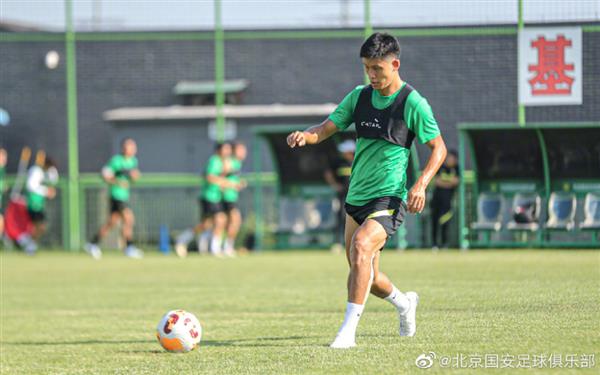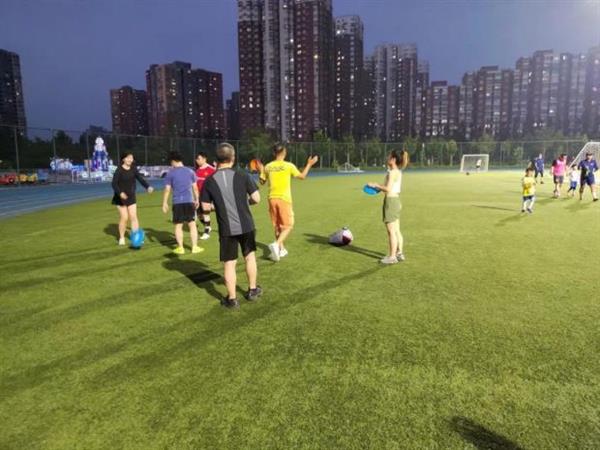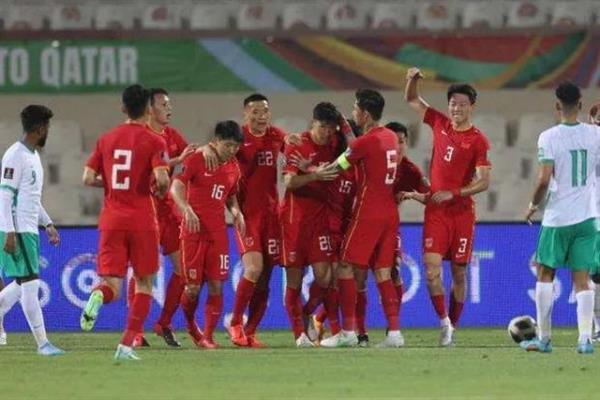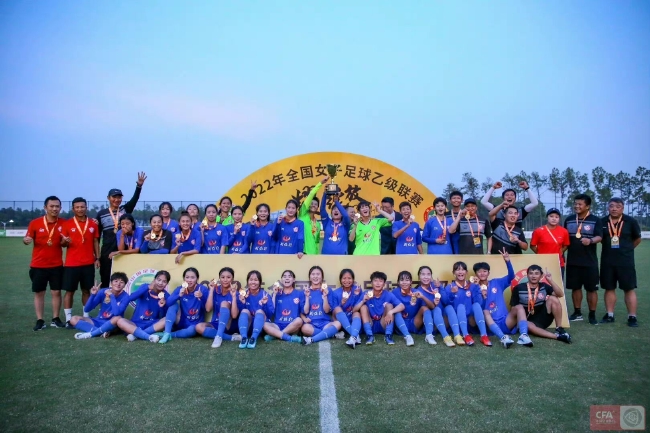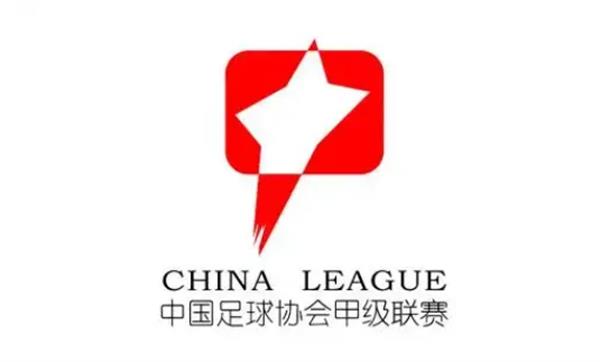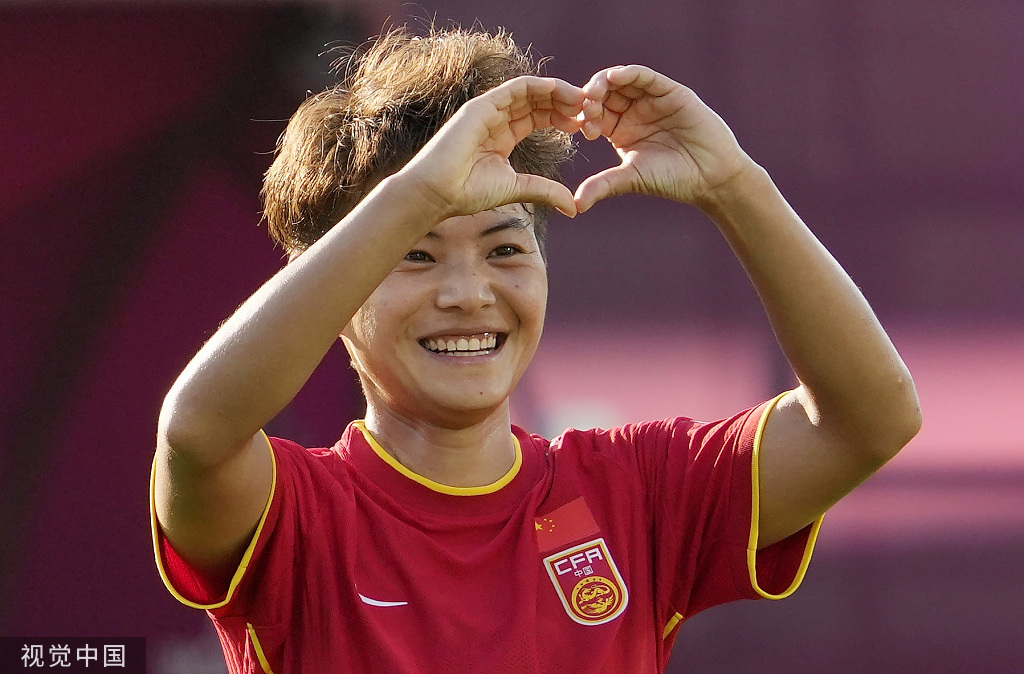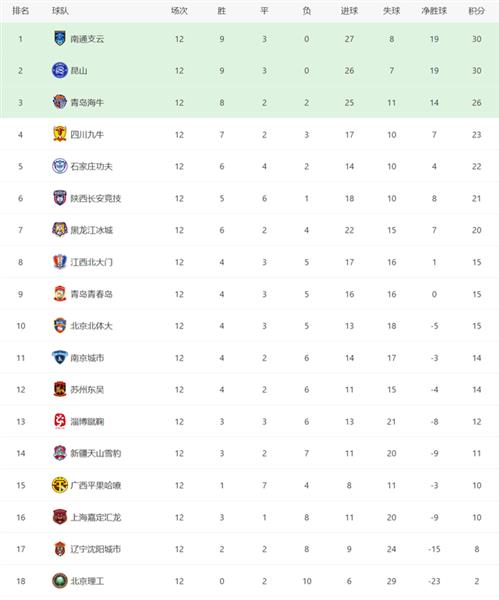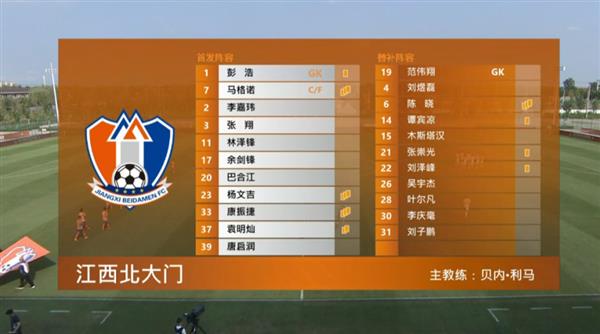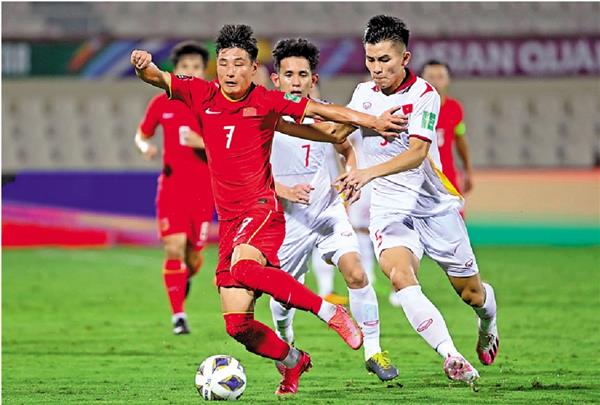
The competitive barriers for professional players are becoming increasingly apparent on the soccer field. Especially on the defensive side, players need to have a deep understanding of the concept of offside. Once an opponent is suspected of being offside, the wisest thing to do is to remain still, like a ghost of the opponent assisting the attack, without disturbing the natural rhythm of the game.
And offensive players sometimes intentionally create confusion in opposing defenses, taking advantage of the hesitancy of opposing defenders to create opportunities.
With that, the complexity of soccer strategy continues to climb.
When you think back to soccer games 30 years ago, they were far less complex than they are today.
Nowadays, with the rise of women's soccer, such as the East Asian Cup and the UEFA Women's Cup, even female assistant referees raise their flags to indicate offside when throwing an out-of-bounds ball, which is undoubtedly an inevitable phenomenon in the process of the development of women's soccer. Although fans know that there is no offside when throwing an out-of-bounds ball, the emergence of this phenomenon reflects the time needed for referees to grow.
In the development of soccer, the human factor is the real constraining bottleneck, while science, technology and equipment per se do not hinder the level of soccer.
The professionalism of the IFA Council is reflected in the fact that they are able to complicate simple issues and simplify complex ones, which is the very embodiment of professional barriers.




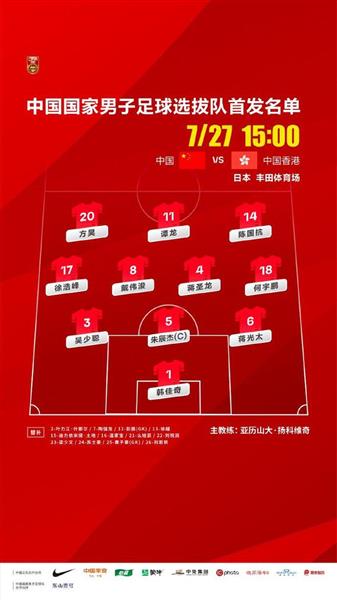

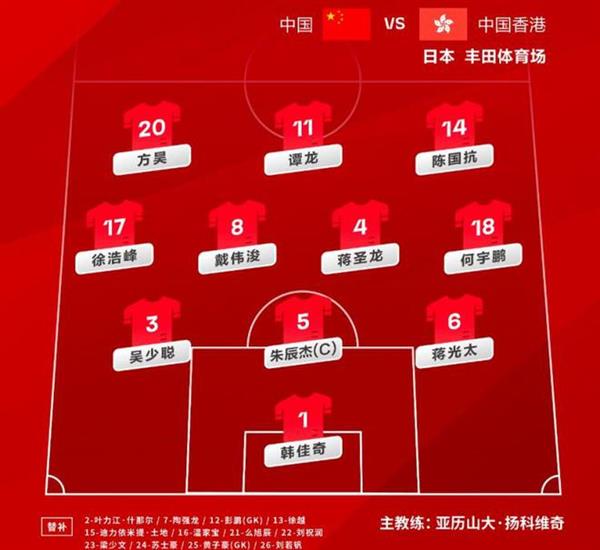
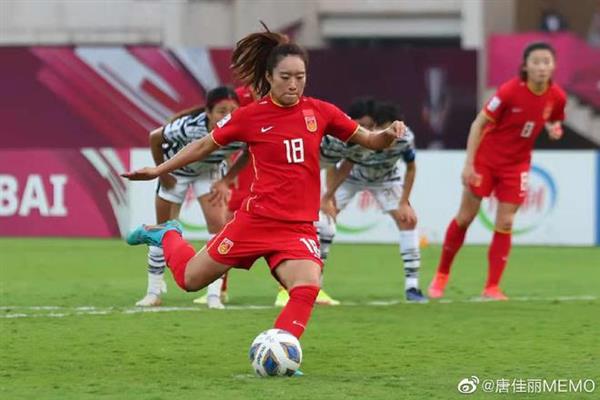

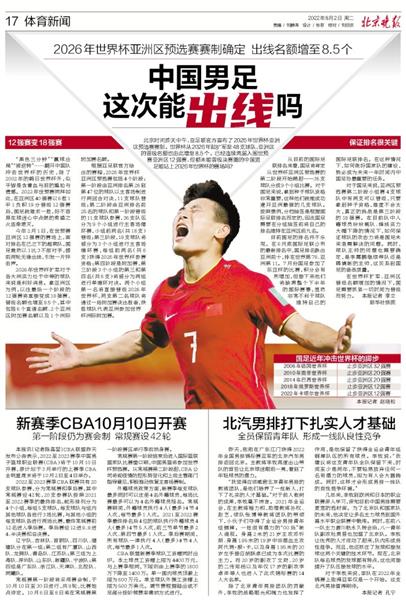


![[EXCLUSIVE REVEAL] Star's impending retirement, next home in doubt?](https://cn.btqiqiu.com/uploadfile/202411/0df999fc479235f.jpg)




